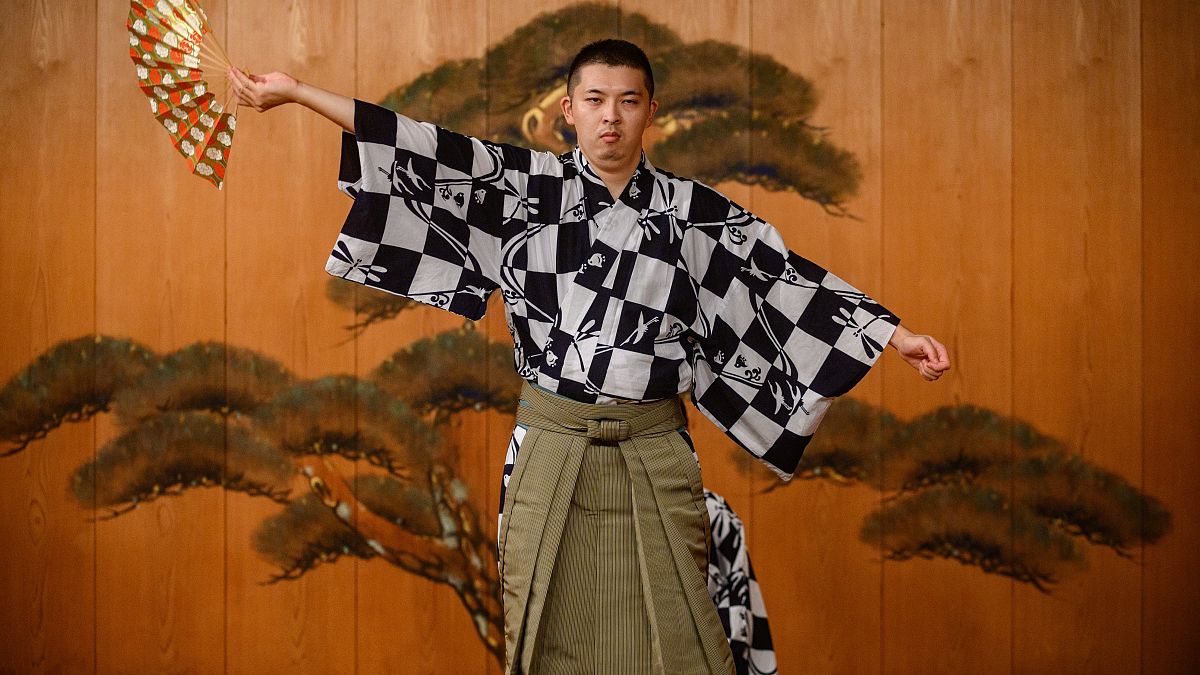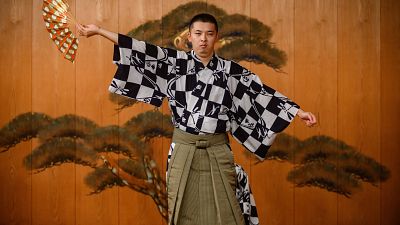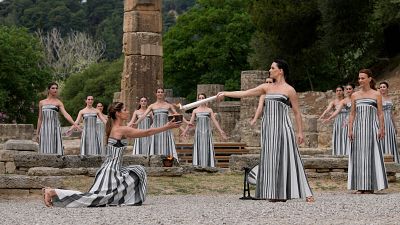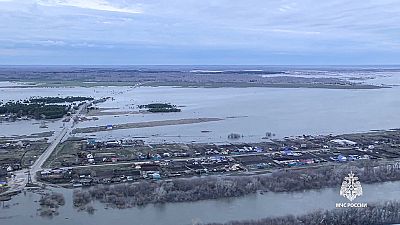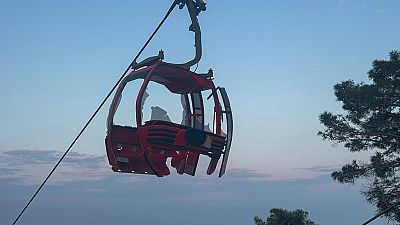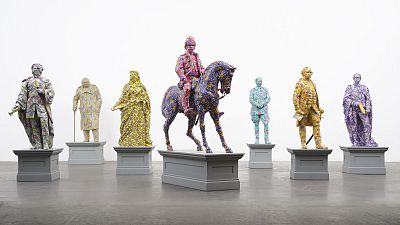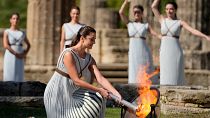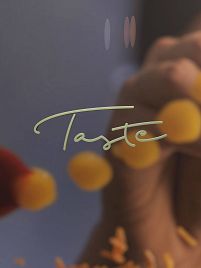Kennosuke Nakamori's sonorous voice fills a small room as he practises the lines of a traditional Japanese Noh play, even though he hasn't performed before a live audience in months.
He moves gracefully as he rehearses the studied movements associated with the ancient art, but his serene exterior belies deep worries about the future of Noh.
The coronavirus pandemic has shuttered theatres across Japan, and while other traditional art forms can rely on generous private backers or state subsidies, Noh depends heavily on staging shows.
With audiences and performers already dwindling even before the pandemic, some in the industry fear the virus may sound the death knell for an art considered one of the oldest extant theatre forms in the world.
"There are many performers who have stopped doing shows" due to the coronavirus, 33-year-old Nakamori told AFP at his family's theatre in the coastal city of Kamakura, near Tokyo.
In some ways, Noh faces the same crisis as other arts around the world affected by coronavirus.
But while some governments are pumping money into performing arts, Noh actors say they are seeing little state support and what they have been offered is impractical.
There are government subsidies for performances, but Nakamori says social distancing measures mean theatres must be half-empty for shows, so even with subsidies staging performances is a losing financial prospect.
"The more you perform on stage, the bigger the losses will be," he said.
Ancient Roots
Noh's roots date back as far as the eighth century, but the plays performed today were largely developed around Japan's Muromachi period from 1336-1573.
The art, which is on UNESCO's Intangible Cultural Heritage list, combines dance, music and drama in a minimalist approach that sets it apart from the more elaborate sets, makeup and costumes of Kabuki.
Actors wear wooden masks and traditional kimonos, sliding along the stage in white split-toe tabi socks.
The plays are performed almost exclusively by male actors, who deliver lines in low, extended tones that can be difficult for modern audiences to understand.
They are accompanied by drummers and flutists on stages traditionally made from cypress wood and adorned with a single painted pine tree on the back wall.
Even before the pandemic, audiences for Noh were shrinking and fewer young people undertook the intensive training required.
Concerned about the future of Noh, Nakamori and his father have launched a crowdfunding campaign to cover their expected losses for shows they hope to stage in the autumn.
They are also raising ticket prices and soliciting donations in return for Noh-related gifts.
And despite some reservations, they plan to try streaming some performances and charging for them.
Noh performers need to "think of ways to make their shows profitable," Kanta said.
He hopes that online interest might even bring in new fans, though he remains wary about the virus, particularly the risks of an infection cluster at a theatre.
Given Noh's century's of history, he is hopeful "its charm won't wane that easily."
"Noh is part of Japanese traditional arts and we have to protect it," he said.
